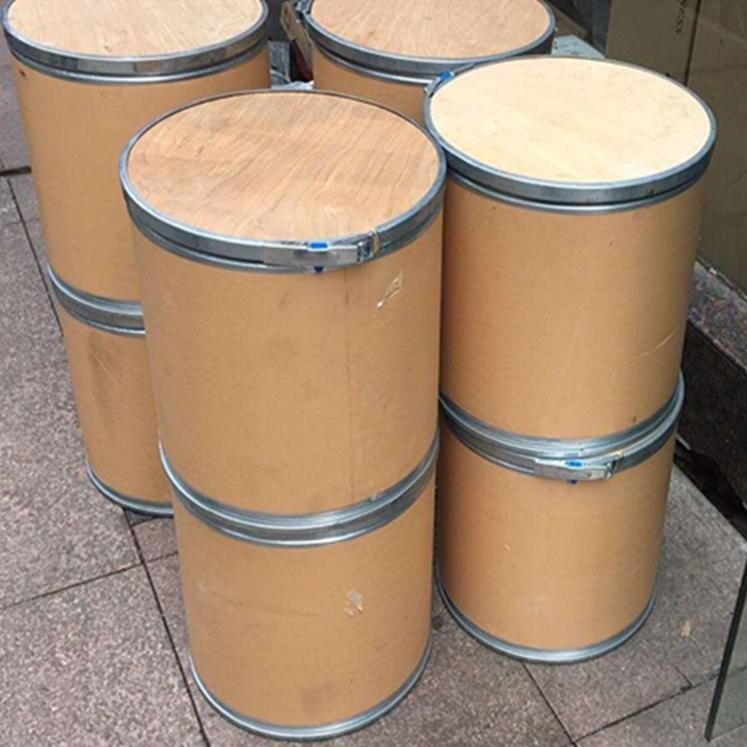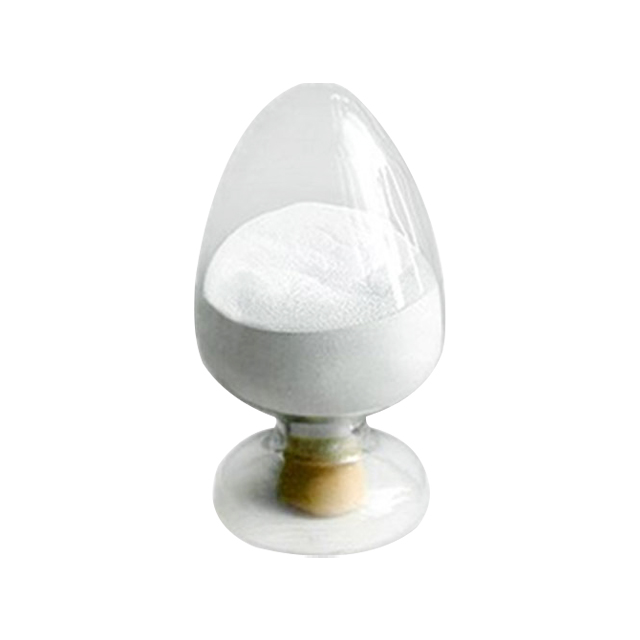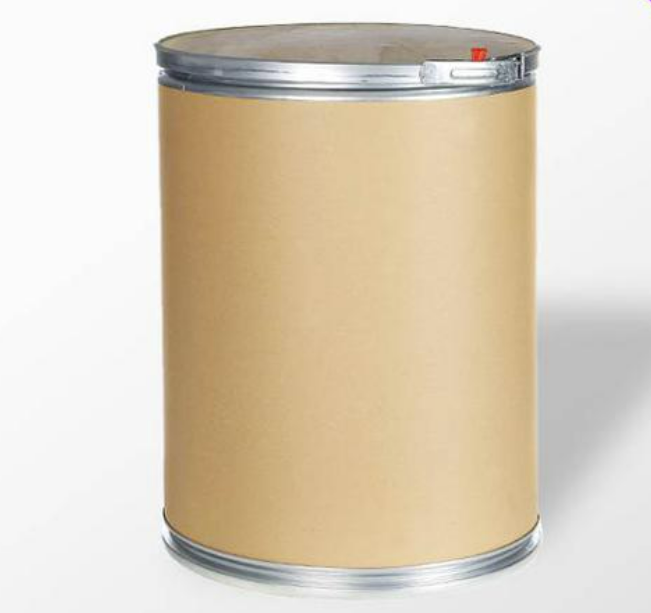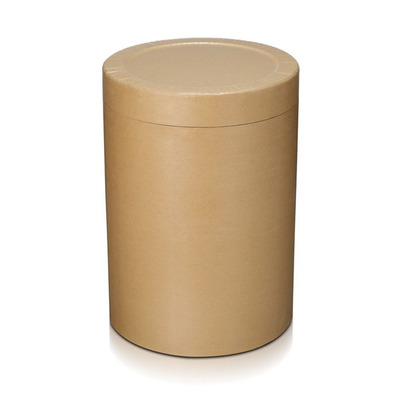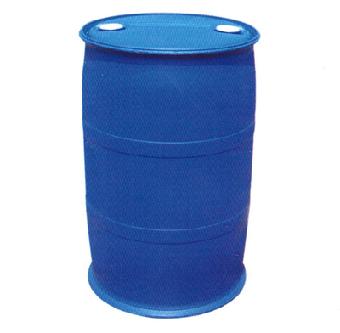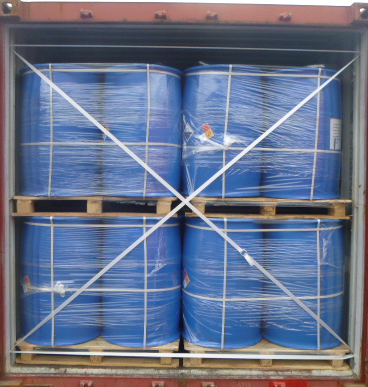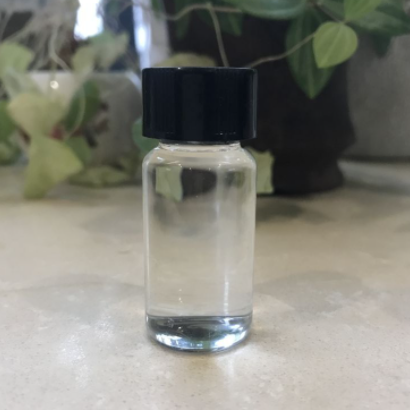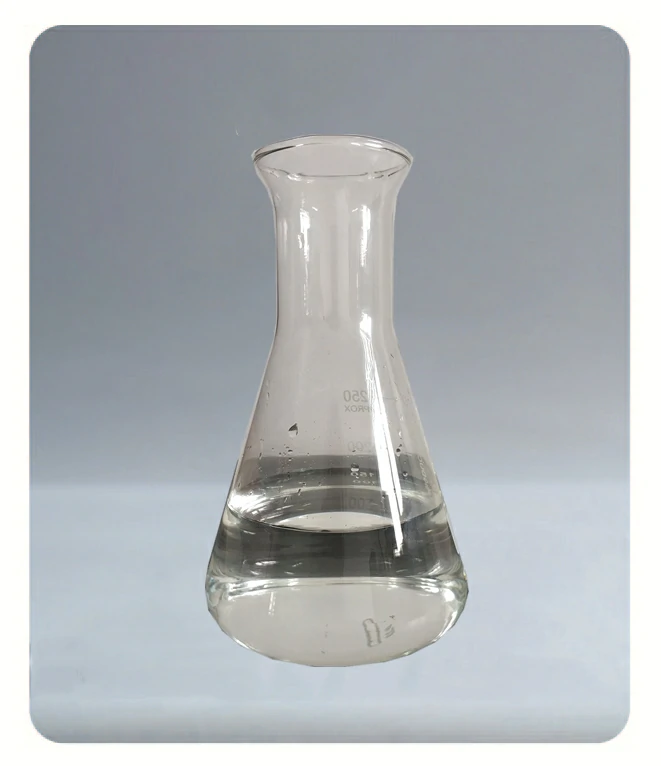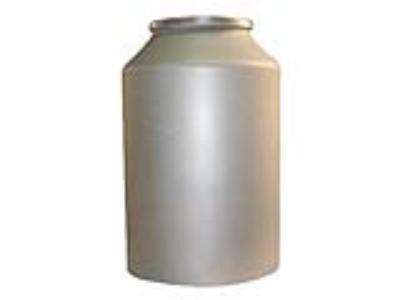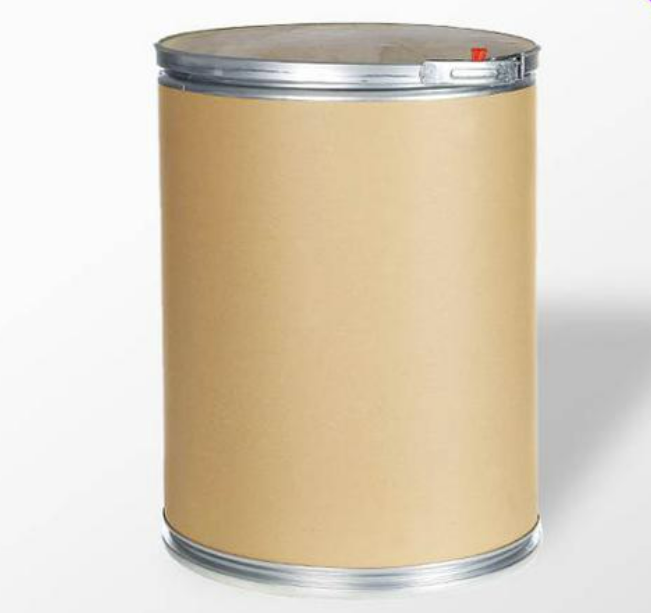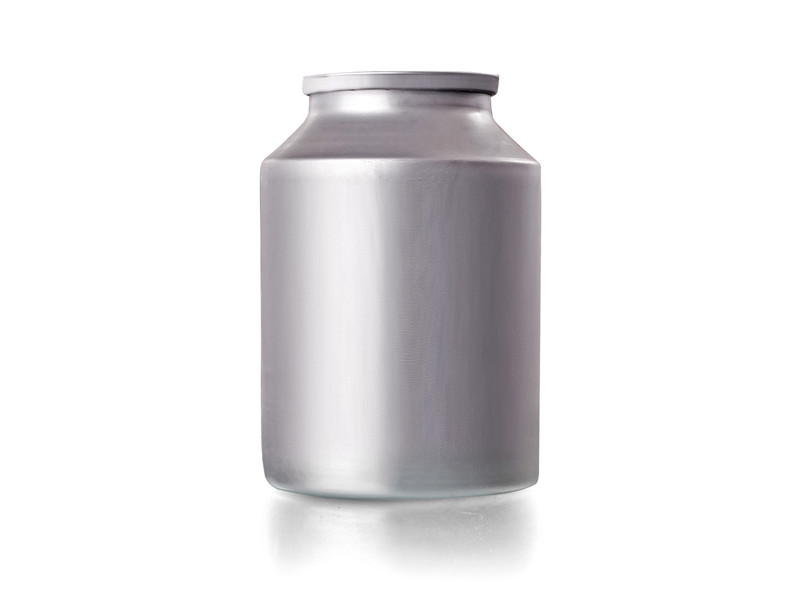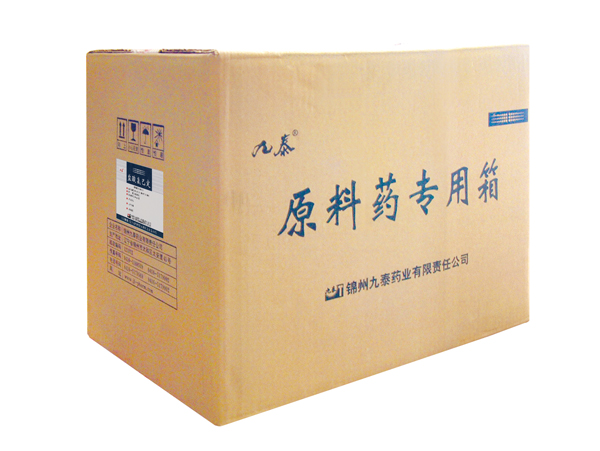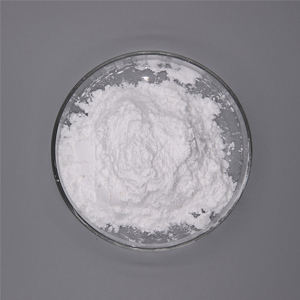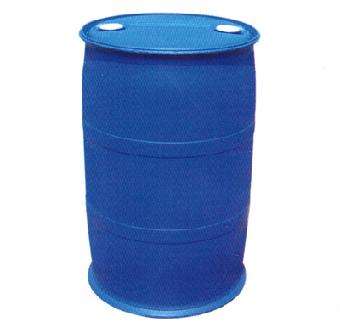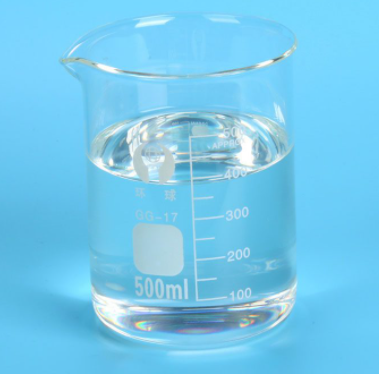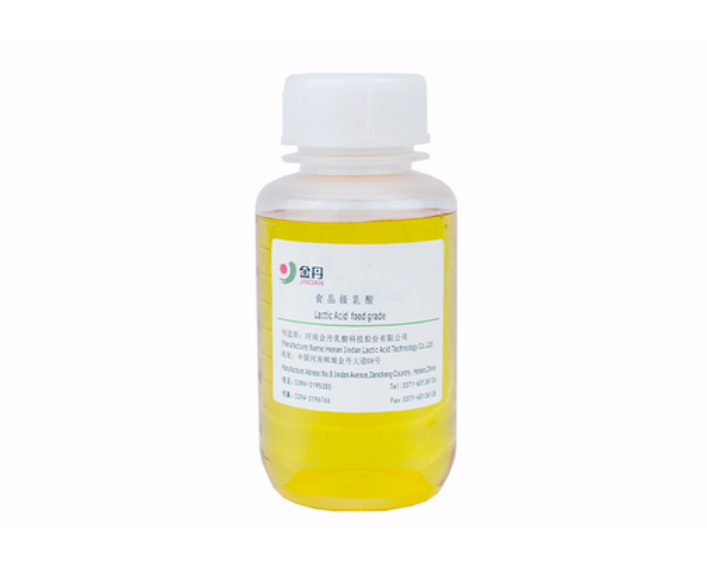Pharmaceutical Raw Materials
Veterinary API
Antiallergic Drugs
Hormones and Endocrine Drugs
Drug Metabolism
Pharmaceutical Intermediates
Synthetic Anti Infective Drugs
Specialty Drugs
Vitamins and Minerals Medicines
Feed Drug Additive
Antineoplastic Agents
Nervous System Drugs
Respiratory Drugs
Diagnostic Agents
Anti Stress Drugs
Antipyretic Analgesics
Antiparasitic Drugs
Circulatory System Drugs
Biochemicals
Blood System Drugs
Immune System Medication
Pharmaceutical Excipients
Fluid, Electrolyte, and Acid-Base Balance
Urinary System Drugs
Antibiotics
Anesthetic Agents
Inhibitors
Other Chemical Drugs
Digestive System Drugs
CAS:78628-80-5
Molecular Formula:C21H26ClN
Alias
More Information
(E)-N-(6,6-Dimethyl-2-Hepten-4-Ynyl)-N-Methyl-1-Naphthalenemethanamine Monohydrochloride; Lamosil; N-(6,6-Dimethyl-2-Hepten-4-Ynyl)-N-Methyl-1-Naphthalenemethanamin(E)-1-Naphthalenemethanaminmon; Terbinafine-D7 Hcl; (E)-N(- 6,6-Dimethyl-2-Hepten-4-Ynyl)-; N-Methyl-1-Naphthylmethylamine; Hydrochloride[Terbinafine Hydrochloride]; N-[(2E)-6,6-Dimethyl-2-Hepten-4-Yn-1-Yl]-N-Methyl-1-Naphthalenemethanamine Hydrochloride; N-[(E)-6,6-Dimethyl-2-Hepten-4-Yn-1-Yl]-N-Methyl-1-Naphthalenemethanamine Hydrochloride; Trans-N-(6,6-Dimethyl-2-Hepten-4-Ynyl)-N-Methyl-1-Naphthylmethylamine Hydrochloride
Brief Introduction
Terbinafine hydrochloride is a broad-spectrum antifungal drug used in dermatology. It can specifically disturb the late biological decomposition of fungal sterols, selectively inhibit the activity of squalene cyclooxygenase, and block the reaction of squalene epoxidation in the process of fungal cell membrane formation, so as to kill or inhibit fungi. It is suitable for the treatment of skin candidiasis, such as tinea manus, tinea pedis, tinea cruris, tinea corporis and tinea versicolor. It is also the best drug for the treatment of onychomycosis.
Suppliers
View More Vendors (4) >
CAS:111-30-8
Molecular Formula:C5H8O2
Alias
More Information
Pentane-1,5-Dial; 1.3.5-Trimethoxycarbonyl-Pentan; Pentanedial; Glutaric Dialdehyde; 1,3,5-Tricarbomethoxypentane; Glutardialdehyde; 1,5-Pentanedial; Pentandial
Brief Introduction
Glutaraldehyde is an important saturated straight chain aliphatic cluster binary aldehyde. Although there are many reports about the toxicity of glutaraldehyde, the crosslinking of glutaraldehyde has many advantages in clinical application, and has been accepted by chemical book. Although glutaraldehyde is widely used in pharmaceutical industry and biomedical field, its toxicity, irritation and environmental pollution can not be ignored.
Suppliers
View More Vendors (4) >
Alias
More Information
Entecavir Hydrate; Entecavir Monohydrate; 2-Amino-1,9-Dihydro-9-[(1S,3R,4S)-4-Hydroxy-3-(Hydroxymethyl)-2-Methylenecyclopentyl]-6H-Purin-6-One Monohydrate; 2-Amino-9-((1S,3R,4S)-4-Hydroxy-3-(Hydroxymethyl)-2- Methylenecyclopentyl)-1H-Purin-6(9H)-One; 6H-Purin-6-One, 2-Amino-1,9-Dihydro-9-[(1S,3R,4S)-4-Hydroxy-3-(Hydroxymethyl)-2-Methylenecyclopentyl]-, Hydrate
Brief Introduction
Endo Cave hydrate is a new type of cyclopentylguanosine anti HBV drug. Its pharmacological action is similar to that of entredo Cave. It is clinically suitable for the treatment of chronic hepatitis B with active viral replication, elevated serum aminotransferase ALT or liver histology showing active lesions. This product is guanine nucleoside analogue and has inhibitory effect on hepatitis B virus (HBV) polymerase.
Suppliers
View More Vendors (4) >
CAS:3697-42-5
Molecular Formula:C22H32Cl4N10
Alias
More Information
Chlorhexidine Dihydrochloride; Chlorhexidine HCl; CHH; Chlorhexidine (Dihydrochloride)
Brief Introduction
Chlorhexidine (chlorhexidine) is a chemically synthesized broad-spectrum antibacterial and bactericidal drug. It has a strong inhibitory and killing effect on Gram-negative and positive bacteria. It is a strong antiseptic disinfectant widely used at home and abroad.
Usage: suitable for burn, scald, wound disinfection, skin disinfection, medical equipment disinfection, sterile room disinfection, etc.
Features: rapid and lasting effect; It is hardly absorbed by the body, so it has no toxic and side effects, and does not produce drug resistance after long-term use.
Suppliers
View More Vendors (4) >
CAS:50-21-5
Molecular Formula:C3H6O3
Alias
More Information
L-(+)-Lactic Acid,; (S)-2-Hydroxy- Propanoic acid; 2-Hydroxypropionic acid; DL-Lactic acid; 2-Hydroxypropanoic Acid; Lactic Acid Lyophilized Injctable
Brief Introduction
Lactic acid is a versatile organic acid that can be used in brewing, medicine, leather, cigarettes, chemicals, food, printing and dyeing. The distribution of lactic acid in Japan is roughly 20% for brewing, 50% for food, 10% for lactic acid derivatives, and 20% for industrial use such as leather. The distribution of uses in our country is also roughly the same.
1. Brewing industry The brewing industry uses about 80% lactic acid. Adding lactic acid can prevent the reproduction of miscellaneous bacteria, promote the development of yeast, prevent the turbidity of the wine and enhance the flavor of the wine, and can also increase the yield of the wine.
2. Food industry The food industry generally uses 50% lactic acid. Mainly used in lactic acid drinks, refreshing drinks, cakes, pickles and sour agents. Lactic acid can make foods slightly acidic without concealing the natural flavor and aroma of fruits and steamed vegetables. Therefore, it is widely used in canned foods such as tomatoes, olives, pickles, and sour cabbage. Kefir beverages made with lactic acid bacteria are also very popular.
3. Pharmaceutical industry Lactic acid can be directly formulated into medicine or made into lactate for use. Oral administration can be used for intestinal disinfection. It can also dissolve protein and keratin, and is particularly sensitive to the corrosion of diseased tissues, so it can be used to treat throat tuberculosis, diphtheria, lupus and other diseases. In addition, it is also used for bactericidal treatment: grouting agent, coating agent, bladder injection, and vaginal cleansing agent. Use the hydrophilic characteristics of lactic acid to combine with insoluble drugs to increase the absorption of drugs and prevent side effects. Lactic acid is also a raw material for making erythromycin icing, so it is widely used in the pharmaceutical industry.
4. Leather industry Generally, the content of lactic acid used in leather is 40%. It has low requirements for the quality of lactic acid. It can be used in dark and odorous. The leather industry mainly uses it to remove lime from tanning, also called deliming. The quality of the leather after deliming with lactic acid is better than other acids. The deashing quality is good, and high-grade leather must be treated with lactic acid. In the production of cigarettes, lactic acid can be used to remove impurities in tobacco and remove the bitter and spicy taste. Therefore, lactic acid treatment can improve the grade of low-grade tobacco. Lactic acid is used as a pH control agent in the production of celluloid coatings; it is used in the wool spinning industry for pre-chromium dyeing of dyes to reduce the chromate content of wool and prevent fiber oxidation; in the post-treatment of silk and rayon, it is used as a pH adjustment It is used for brightening treatment to increase the color of yarn. Pure lactic acid is tasteless, and the product has a slightly similar aroma of cool milk. When the concentration is appropriate, it has a pleasant sour taste. When lactic acid is used as a raw material, it is mostly used as an ingredient in dairy product flavors such as butter, cool milk, butter hard candy, milk, and cheese. The main derivative of lactic acid: calcium stearoyl is used as a food additive. Adding 0.3%-0.5% calcium stearoyl lactate to flour can make bread leaver, increase its volume by 30%-40%, and delay aging. When sodium lactate is used as a flavoring agent, it is used in the production of casein plastic whitener, antifreeze, moisturizer and medicine. Calcium lactate can be used as a nutritional supplement. Ferrous lactate is used for food fortification and medical treatment of iron deficiency anemia. Lactate esters, including methyl ester, ethyl ester, butyl ester, etc. are used as solvents, flavoring agents, etc. Lactic acid, its sodium salt, calcium salt and other derivatives are non-toxic and are safe food additives. Stearoyl lactate is used in emulsifiers and baked foods; sodium lactate is used for intravenous injection; synthetic lactic acid is used instead of natural fermented lactic acid in cheese and other dairy products to acidify and coagulate milk or cream. These three uses have doubled the production of lactic acid in the United States. With the development of the food industry, there is a huge potential market for lactic acid.
Suppliers
View More Vendors (4) >
Inquiry (
10
/ 10
)
Clear All
Sign In
Error!

